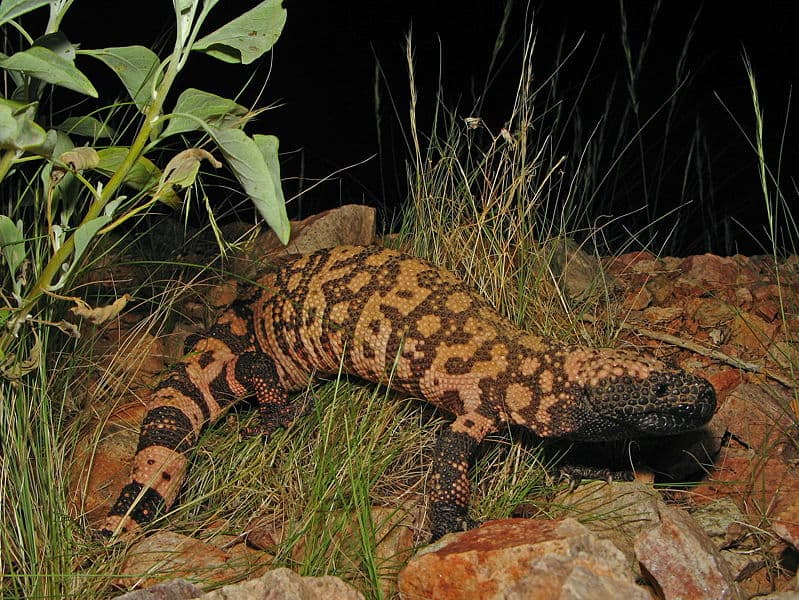The North Carolina Zoo in Asheboro is reported to be the largest natural animal habitat zoo in the world. Developed throughout 500 acres on a 2,600-acre lot, the state’s largest zoo offers plenty of space for its 1,800 animals.
Best Months to Visit the North Carolina Zoo
Knowing when to visit the zoo is important if you want the optimum chance to see the animals in an active state. If you visit the zoo on a day that is too cold or scorching, not only will your experience be uncomfortable, but it is also likely the animals will be inside their enclosures.
The best time to visit is the months of April and October. Temperatures average a high of 72 and 71, respectively. The animals are likely to be more playful and your journey will be much more enjoyable.
Summertime is the busiest season but with average temps during the months of June, July, and August ranging from mid-to-high-80s, some of the animals might opt to stay indoors with the cool air. The North Carolina Zoo is open year-round, except on Thanksgiving and Christmas Day, so for those who prefer colder weather, the winter months might be ideal. Keep in mind that bad weather does sometimes cause the zoo to close.
Animals to See at the North Carolina Zoo
The zoo layout features three regions: North America, Africa, and the Desert. Here’s a breakdown of which animals are within each region:
North America

Polar bears
are also a crowd favorite in the zoo because of their playful and active demeanor.
©Vladone/iStock via Getty Images
The big stars can be found within this region, such as the polar bear, the grizzly bear, and the cougar. Bobcats, black bears, and the American bison are also found here.
Reptiles are on hand, too. Alligator snapping turtles and American alligators can be viewed in various habitats. Snake lovers rejoice in being able to see cottonmouths, copperheads, timber rattlers, and the sidewinder.
Various other mammals, fish, amphibians, and birds are throughout, such as the North American river otter, the North American porcupine, harbor seals, barking treefrogs, longnose gar, red wolves, and elk (Wapiti).
View Animal Feedings
Watching the zookeepers feed the animals is always a cool part of a zoo trip. Within the Cypress Swamp section of this region, feeding times and animals vary. The times are posted at the various habitats, but usually occur on Saturdays and Sundays between May 1st and September 30th.
However, seabirds are fed daily at 2:00 p.m. at the Rocky Coast section of the North American region.
Africa
The big three African favorites are the African elephant, the African lion, and the giraffe. Other crowd favorites include zebra, the southern white rhinoceros, and the chimpanzee. Also, the greater kudu, fringe-eared oryx, red river hogs, red-ruffed lemur, and bongo can be viewed.

Western lowland gorillas can be seen at the
gorilla
house both live and via the webpage.
©Philippe Clement/Shutterstock.com
Many view the active western lowland gorilla, along with the Hamadryas baboon. Additionally, visitors watch the Thomson’s gazelle, waterbuck, and the Addra gazelle gracefully run throughout their habitat.
Feeding Schedule for African Region
Similar to the North American region, feeding times for the African region are always on Saturdays and Sundays. Times are as follows:
Gorillas: 11:30 a.m. at the Gorilla Habitat
Chimps: 3:00 p.m. April-October; 2:00 p.m. November-March at the Chimpanzee Habitat
Giraffes: 2:30 p.m. at the Giraffe Overlook One
Baboons: 2:00 p.m. at the Baboon Habitat
Desert Region at the North Carolina Zoo
Filled with more reptiles, cats, birds, and fish, this area provides glimpses of some unique species. The laughing kookaburra, mouse lemur, ornate uromastyx, and the sand cat are a few less-common animals that can be found within this region.

Gila monsters are definite desert dwellers and are a nice addition to this zoo.
©Jeff Servoss, Public domain, via Wikimedia Commons – License
The Gila monster, crested coua, desert pupfish, vampire bats, and spiny-tailed monitors are some other faces seen here. Also, the desert tortoise, African pancake tortoise, ocelot, beaded lizard, blue-tongued skink, and burrowing owls live within these habitats as well.
Desert Feeding Schedule
As with the other regions, feeding times here vary by animals and time, but are generally set for Saturdays and Sundays from May 1st to September 30th. However, the times are posted at participating animals’ habitats.
Watch Virtually
If you want to see your favorite animals but aren’t able to visit the zoo, watch live streams via the zoo’s website. With this link, you can watch past live events and check the schedule for upcoming live events. And, with payment, you can gain access to premium content in the private zoo classroom.
The photo featured at the top of this post is © ZikG/Shutterstock.com
Thank you for reading! Have some feedback for us? Contact the AZ Animals editorial team.






